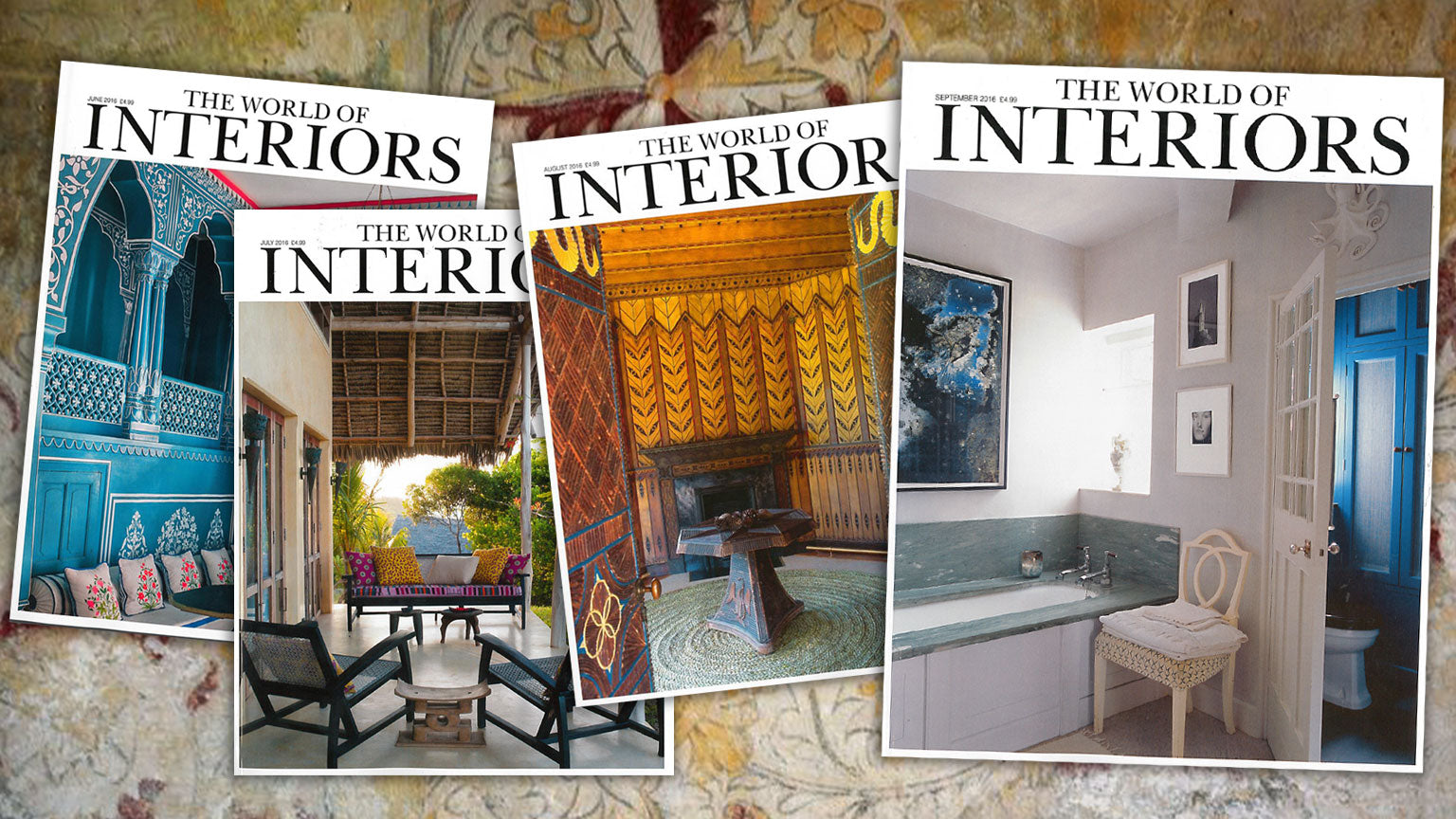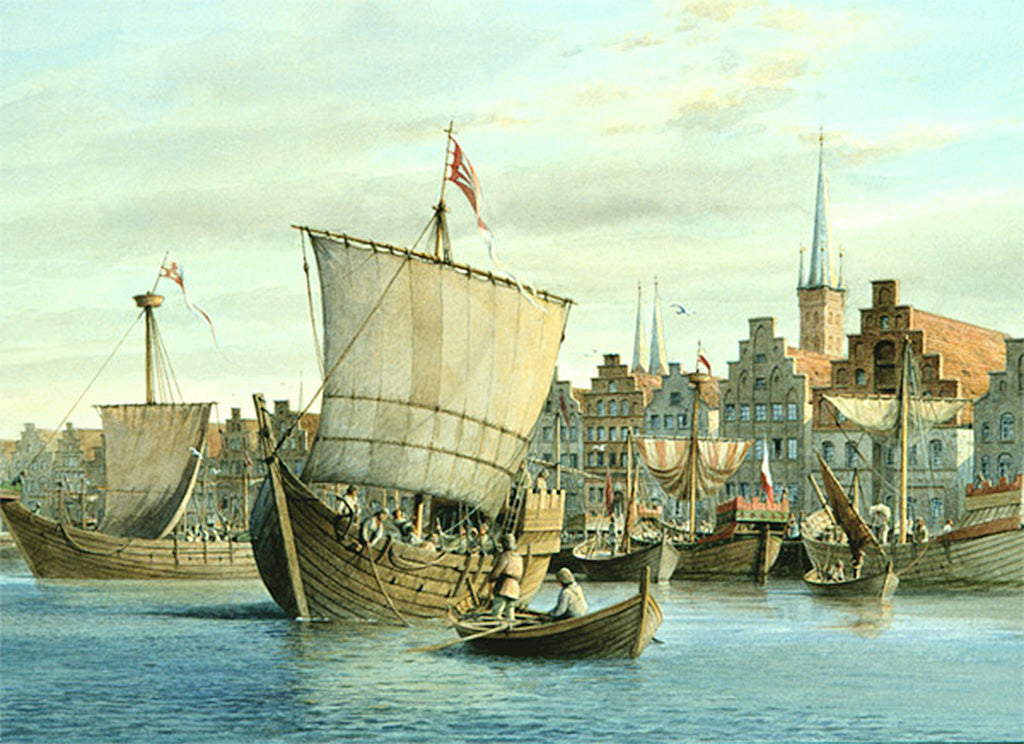News from Ellys Manor House

Inverted Star
 ELLYS MANOR HOUSE (EMH)
ELLYS MANOR HOUSE (EMH)

COMPLETION OR PERFECTION
 The number 7 is quite significant in the Bible, appearing over 700 times throughout both the Old and New Testaments. In biblical numerology, 7 symbolizes completion or perfection. It is said that God created the world in 6 days and rested on the 7th.
The number 7 is quite significant in the Bible, appearing over 700 times throughout both the Old and New Testaments. In biblical numerology, 7 symbolizes completion or perfection. It is said that God created the world in 6 days and rested on the 7th.
The Eye of Providence Hyroglifics from the unfinished Northern Pyramid

Detailed section of the wall painting at EMH c. 1500
 1 Solar (or Sun) Cross. 2 Fleur de lys. 3 Calvary (Golgotha). 4 Crenalated wall of Jerusalem. 5 The three date palm trees on top of Calvary, where the three heads are one. The Godhead.
1 Solar (or Sun) Cross. 2 Fleur de lys. 3 Calvary (Golgotha). 4 Crenalated wall of Jerusalem. 5 The three date palm trees on top of Calvary, where the three heads are one. The Godhead.
God bless,
CM Taylor (Clive)

From left to right: -
1 The Tourelle, sadly, the upper section (two windows) is no longer on the building.
2 Turnpike stair window in full. The upper section is in the form of an unfinished northern Pyramid.
3 We trust you will now be able to appreciate the pyramid with two sets of triglyphs, with one bar at the top, totalling seven. What is the significance of the number seven in the bible, which appears over seven hundred times? It symbolises Completion or perfection. It is not said that God created the world in 6 days and rested on the 7th.
4 Hieroglyphs in an Unfinished Northern Pyramid of Zawyet El Aryan, Egypt. Note the Inverted star.
5 Number 5 speaks for itself.
En engelsk uldhandler
Ellys - en engelsk uldhandler i Calais, da denne by stadig havde monopol på al eksport af uld til kontinentet. Ellys' motto var "Think and Thank God of all" (Tænk og tak den almægtige Gud). Henrik den 8.'s kronikør John Leland skriver: "Elis greatly risen by
merchandise" (Elis blev meget rig gennem handel) i sin liste over stormændene fra Kesteven i det sydvestlige England.

The Ellys family.
From the wealth of the wool trade, merchants of the Calais Staple - sped their way into the aristocracy. Later, statemen, bibliophile, book collector and patron of scholars. Sir Charles Hanbury Williams ( wrote much satirical verse, and Horace Walpole professed to believe him the greatest poet of his generation), his poem on the Struggle to Succeed Ellys.
Read More
Traitors Gate
Edward the III ( one of England's greatest Kings, when kings fought shoulder to shoulder with their men on the battlefield), partly went to war to save our wool routes, had he not done so, today things would have been very different.
Read More
A Hidden Gem
BBC's East Midlands Today realises this hidden gem within one of the countries most significant historic houses
Ellys Manor House (EMH) is without doubt, one of our most significant historic homes in the United Kingdom. EMH is not about bombast or bling, this is about integrity. The architectural language of the building perfectly encapsulates early modern European, British and Hanseatic League history, thus we are a testament to the Northern Renaissance. The house and the adjacent church tower were built by a member of the Ellys family, an English wool merchant of the Staple of Calais.
Read More
Ellys Manor House
A 16th century wool merchant’s home
We have mentioned in the past the ‘wool churches’ of the south east England, built by medieval wool merchants, but until recently have not heard of any merchant’s houses. We have assumed that these have either been destroyed or altered to such an extent that they are no longer recognisable. However, a chance meeting, just before Christmas at the Celebration of British Livestock, directed us to a house which gives a good indication of the wealth accrued by the 14th to 16th century wool merchants.
Read More
The products of Ellys Manor House have been featured in The World of Interiors Magazine in June, July, August and September editions in 2016.
Much of the work featured was inspired by the by the fabulous early 16th century domestic wall paintings up at the house.
Read More
The Hanseatic League was an economic alliance of trading cities and their merchant guilds that dominated trade along the coast of Northern Europe. It stretched from the Baltic to the North Sea and inland during the Late Middle Ages
Read More




